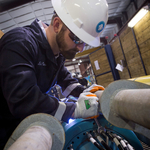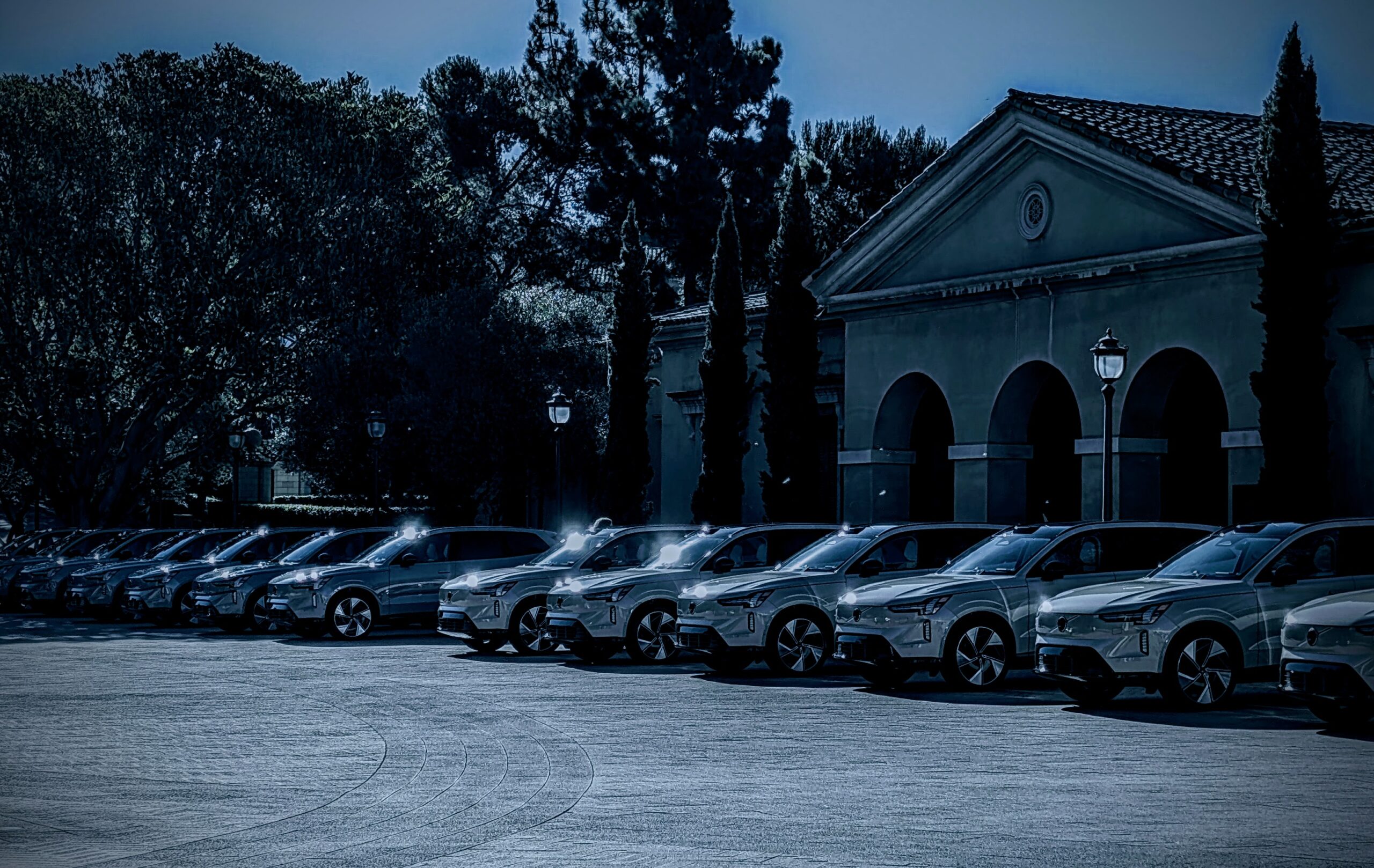Sign up for daily news updates from CleanTechnica on email. Or follow us on Google News!
One part of the weird obsession with hydrogen for energy over the past several years, especially in Europe but also in the USA, are the number of reports analyzing how and where the pipelines will go and what will be required in ports. It’s all a house of cards as it requires green hydrogen to be vastly cheaper than it will ever be, but then reports start trying to quantify transportation costs and have to make all sorts of silly assumptions that don’t stand up to scrutiny.
Many otherwise credible organizations including DNV, OISE (the best of a bad lot so far) and academic institutions have put their reputation at stake with bad reports on the subject, and today’s credibility buster is from Arup. That firm is a UK-headquartered global firm providing engineering, design, planning, and consulting services across the built environment. The firm announced that from April 2022, it would no longer take on new energy commissions involving the extraction, refinement, or transportation of hydrocarbon-based fuels. Instead, Arup’s focus has shifted entirely to low-carbon solutions, such as wind, solar, hydroelectric, and hydrogen projects. Naturally it’s the latter that’s the problem.
Arup took some money from the UK Department for Energy Security and Net Zero (DESNZ) to assess potential ways to get hydrogen made in the UK across the Channel and North Sea to mainland.
What’s the DESNZ’s position on blue hydrogen, that is not the stuff that Arup is committed to? Blue hydrogen, which is produced from natural gas with carbon capture and storage (CCS) to mitigate CO2 emissions, is seen as a transitional technology to help scale up hydrogen production while green hydrogen (produced from renewable energy sources) capacity is still being developed. DESNZ’s strategy includes funding for both green and blue hydrogen projects.
Where does Arup’s report recommend starting hydrogen pipelines? In the Teesside and Humber areas in the coastal northeastern part of England, 100 to 200 kilometers south of Scotland. What can we say about those regions? That they are currently significant oil and gas industrial areas in the UK. Further, that they are the center of blue hydrogen projects in the UK, with BP’s H2Teesside project, Kellas Midstream’s H2NorthEast project and Equinor’s H2H Saltend all planning to take North Sea gas and turn it into hydrogen.
It’s not all as bad as that. At least the Dogger Bank and Sofia offshore wind farms are supposed to terminate HVDC in the regions. Of course, that electricity is supposed to be being used to decarbonize the UK’s electricity grid, not make hydrogen for Europe.
So Arup, which committed two years ago to not doing fossil fuel projects has done a fossil hydrogen export route assessment for the UK government, without ever admitting that it’s a fossil hydrogen project.
- “This scenario would likely connect electrolytic hydrogen production in the UK directly to demand in continental Europe”
That is literally the only thing that the report has to say about the source of the hydrogen, or indeed the cost of the hydrogen. On page 42 of the main report, they have a map with the scale of proposed low-carbon hydrogen projects without ever saying that most of them are fossil hydrogen. If they were clear and up front about this, instead of being coy against their public commitment, that would be one thing, but obviously the report authors were trying to hide the reality from casual eyes.
Anything else wrong with the effort? Any other missing information? Well, what about alternative energy transportation modes to making hydrogen with offshore wind electricity in the UK and shipping it via pipeline or tanker to Europe, such as the same HVDC cables that are bringing it ashore.
Let’s assume that they do something really stupid like bring the offshore wind to the UK, then put it in another HVDC cable to Europe. Why do I say that’s stupid? Because both wind farms are a lot closer to Europe than to the UK, about 100 kilometers vs 130 kilometers for Dogger Bank and 100 kilometers vs 195 kilometers for Sofia. If Europe needs the energy from these wind farms, why not build HVDC to Europe instead of to the UK, making hydrogen and putting molecules in boats or pipelines to Europe? It literally makes no sense, but this is what Arup and DESNZ are pretending that they are talking about.
But let’s play this out. Suppose the electricity comes ashore and then either gets sent on its merry way to Europe by HVDC without mucking around with molecules, or it’s turned into hydrogen and shipped off to Europe. Is there by any chance a cost variance for this transportation per unit of energy? And if so, is in favor of electrons or hydrogen?
Let’s look at the situation where Europe wants to turn the hydrogen back into electricity because electricity is really useful. With the losses from making the hydrogen, shipping it by pipeline and then running it through electrical generation units, transporting the hydrogen instead of using HVDC would cost over twice as much per kWh, about €0.031 per kWh vs €0.013 per kWh. That’s using data from the H2Med 450 kilometer, €2.1 billion to €3 billion — current budget long before construction — hydrogen pipeline presumed to be transporting hydrogen between Spain, Portugal, France and Germany in the 2030s and adjusting for shorter distances between the UK and the mainland.
Similar analyses find that if both the electricity and the hydrogen are used for heating where there’s no conversion loss from making hydrogen into electricity, the electricity is still cheaper. And remember, this is in the stupid electricity scenario where we bother to send it to the UK in the first place. In the best case scenario given 50% utilization and the electrolyzers getting the electricity at the windfarm’s auction price of £39.65, hydrogen delivered to Europe would cost €5.45 per kilogram at the end of the transmission line before any continental distribution, and continental distribution is going to be expensive too.
We’re now at well over 50 independent reports that make clear hydrogen has no place in space or water heating compared to heat pumps. We’re now well into fringe options for very specific use cases for hydrogen for road vehicles, with only the longest haul trucks still clinging to this faint hope and no light vehicles being rationally considered. Hydrogen buses are dwindling in the rear view mirror of battery electric buses. Hydrogen has narrowed down to industrial feedstocks and faint hope heat use cases.
In this context, there will be no hydrogen retail utility network in Europe for this expensive hydrogen to plug into. That’s certainly the way most people who aren’t deep into the hydrogen bubble are reading Hydrogen Europe’s decoupling of transmission from distribution infrastructure. Any UK to Europe pipeline might plug into the German hydrogen industrial pipeline system for ammonia and other feedstock purposes, but that’s about it. The proposed H2Med pipeline is deeply unlikely to ever be built as rational actors put up their hand and ask why not just send electricity by HVDC instead? That means trucks for the hydrogen, and that adds €8 to €11 to the delivered cost. As always, the hydrogen delivered in Europe is the cheapest it will ever be, €6 to €8 for industrial users receiving black or gray hydrogen by pipeline, €15 to €25 for retail purchasers at hydrogen refueling stations and a lot more for 150 kg steel cylinders with a kilogram of hydrogen compressed inside.
Meanwhile distribution costs of electricity are dirt cheap, the transmission and distribution network already exist, increasing capacity with digital line management solutions like Heimdall’s Neuron can increase transmission capacity by 30% with no infrastructure work except installation of IOT devices on line every kilometer or five, reconductoring can double or triple line capacity and dirt cheap batteries can provide buffering of energy for delivery of spiky power loads in truck stops.
A head to head comparison with the obvious alternative, HVDC, of the cheapest form of hydrogen transport, pipelines, finds that transporting green hydrogen made in the UK from North Seas offshore wind electricity makes absolutely no sense.
Does Arup mention that there are obvious alternatives to bringing electricity ashore, turning it into hydrogen and shipping molecules back, multiplying the round trip distances substantially and adding all sorts of conversion losses? No. Dead silent.
Does Arup instead waste time and DESNZ on the well understood to be much more expensive alternatives to hydrogen pipelines that have been studied to death for decades, like LOHCs? Of course it does. What does it find? That they are much more expensive than pipelines.
What is the report actually saying while not saying it at all? That this is about making blue hydrogen made from North Sea natural gas in BP, Kellas and Equinor facilities and shipping it to Europe. That’s still not going to be cheaper for electricity, but it might be cheaper per gigajoule for some high-temperature heat applications in the end, but obviously higher carbon.
This report isn’t a green hydrogen transportation report, it’s a blue hydrogen transportation report, a wolf in sheep’s clothing. If it was clear and transparent about that, it would probably violate Arup’s commitment. What are its exact words?
From 1 April 2022, Arup will not pursue any new energy commissions involving the extraction, refinement, or transportation of hydrocarbon-based fuels.
Hydrogen made from natural gas is a hydrocarbon-based fuel. I’ve been calling it the other fossil fuel for years. It’s hard to see it as anything else. If could be made actually low-carbon, there would be an argument for it, but every time anyone tries to make it adhere to emissions standards for low-carbon hydrogen, they end up realizing that they can’t do it cheaply. Blue hydrogen can be cheap only if most of carbon capture and sequestration is subsidized and requirements for carbon emissions from the process are incredibly lax.
I worked for a global consulting firm. I know how reports like this are made, and it’s a lot like sausages. A client with an agenda — DESNZ and blue hydrogen — comes with a pot of promised cash to a consulting organization that has people on the bench — Arup — and they work out a brief that supports the agenda, fits the size of the pot of cash and that carefully avoids ugly subjects. I’m pretty sure that when Arup made the “no hydrocarbons” commitment, 75% of the hydrogen focussed group’s pipeline went up in smoke, because the firms with the big money were mostly fossil fuel companies. The Arup hydrogen team has undoubtedly been trying to find ways to take money from the oil and gas industry for fossil hydrogen without being seen to take money since April of 2022. This report is the kind of thing that results, including the front-page proviso:
This report takes into account the particular instructions and requirements of our client. It is not intended for and should not be relied upon by any third party and no responsibility is undertaken to any third party.
If I were Arup’s leaders, I’d be looking at this closely because a bait and switch fossil hydrogen study isn’t aligned with Arup’s commitment. If their commitment includes fossil hydrogen, they should make that explicit, otherwise they’ll end up taking a lot of fossil fuel industry money under the guise of green hydrogen for energy and slide back into the pit they’ve climbed out of. Not a good look.
Have a tip for CleanTechnica? Want to advertise? Want to suggest a guest for our CleanTech Talk podcast? Contact us here.
Latest CleanTechnica.TV Videos
CleanTechnica uses affiliate links. See our policy here.





